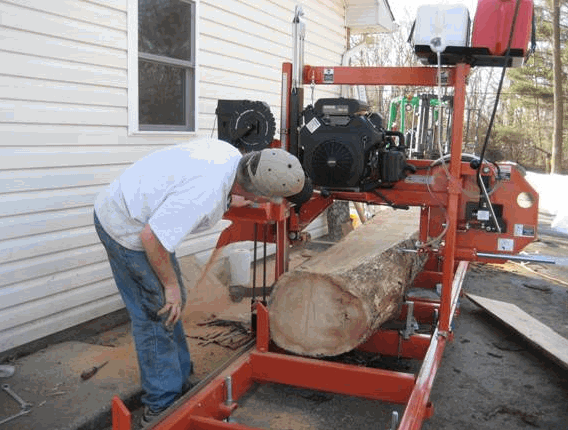
By Jack Ganssle
Tree Hugging For Better Computing
Summary: Poplar proteins may be the next big thing.
Gentle wife, with always a kind word at hand for nearly any nutty stunt I pull, called me "crazy." Repeatedly.
My best friend's son told his dad that he has "interesting" friends.
But when the Annapolis fire engine rolled downhill with 8 kids and no adults aboard, only a lone Walnut tree in its path kept the kids from being dumped in the Chesapeake. The truck was seriously damaged, and the tree came down. A friend hauled it to my yard. Not to the dump, nor to a firewood processor. The reason, of course, was the same one that caused my wife to utter the "crazy" word: my sawmill.
The mill lives next to the garage, and an ever-increasing stack of sawn lumber is piling up all around the yard. I keep promising I'll haul it all to the barn, but it seems a business trip always interferes. Of course, the tool junkie in me sees this as an excuse to get a skid loader to move the tons of wood, but that will require even more wifely persuasion than I can muster. At the moment. Though she did attend a heavy equipment auction with me recently.
My reasons for buying the mill were many and varied. But now there's a more compelling rational. Turns out, molecules from Poplar trees can be used to greatly increase memory capacities in digital computers. (http://www.huji.ac.il/cgi-bin/dovrut/dovrut_search_eng.pl?mesge127971152105872560).
Yeah, the tech pundits are all agog about the potential benefits. But where will the Poplar come from?
Watch out, TSMC! Ahoy there, Micron! Pretty soon the Finksburg Sawmill will be spitting out thousands of board-feet of Poplar proteins to compete with your wildly-antiquated silicon memories. Think wood chips, not silicon chips.
Surely the VCs will soon start lining up, all anxious to invest in The Next Great Thing: sequestering carbon from trees into iPhone components.

Advanced fab cranking out petabits of memory components. The geometry, measured in meters, is some 10**9 times bigger and better than the now obsolete 45 nm parts still produced by aging facilities owned by Intel and others.
Published July 28, 2010

